Coria del Río, a melting pot of cultures next to the Guadalquivir River
If there is a cosmopolitan town in the province of Seville, it is undoubtedly Coria del Río. During your visit, you will discover its historical wealth, always linked to the Guadalquivir River and rice cultivation. The Father of Andalusia, Blas Infante, took up residence here in a house now converted into a museum and Site of Cultural Inerestt.
Legend has it that James the Apostle landed here to evangelise Spain, and the Vikings arrived and attacked the city of Seville in the Middle Ages. But the most amazing thing happened in the 17th century when a samurai colony was established in Coria. Don’t be surprised if you see a Corian with oriental features or the surname Japón (Japan). Even today, festivals honouring that country take place, such as Japanese Cultural Week. The latest addition to this legacy has been the creation of Sake de Coria, an original drink, with a rice base, that is now traditionally taken as a dessert.
You can enjoy the beautiful landscape of the Guadalquivir at Carlos de Mesa Park and its riverside walk. You can fish the flathead grey mullet (albur), a species commonly found in Coria, which you can order in any local restaurant. Crab rice is another staple of Corian cuisine. I encourage you to try orejitas de habas (bean ears), which has no beans and do not look like ears! This popular sweet is made with egg, sugar and flour.
Coria del Río is also known for its devotion to the Virgin del Rocío. In May, many Confraternities ford the river on a small boat to avoid passing through the city of Seville. It is quite a sight to see and well worth watching.
Get to know this thousand-year-old corner, a gateway to La Marisma and crossroads of cultures, which will amaze you immediately with its surroundings, people and traditions.
Getting to Coria del Río
If you go by car, take the SE-30 ring road and then take exit 15A towards the A-8058 road.
You can also cross the Guadalquivir River with your vehicle on the Coria ferryboat that connects both riverbanks. To get to the ferry, take the SE-3300 road.
By bus: go to Plaza de Armas Bus Station in Seville. Buses run regularly from there throughout the day to Aljarafe and La Marisma and stop at Coria del Río.
By train: get off at San Bernardo Station in Seville and take the Metro to San Juan Bajo stop. From there, take a bus to Gelves, Coria del Río and La Puebla del Río.
Getting around
You can stroll around Coria del Río and along the banks of the River Guadalquivir. This town is made for exploring the streets on foot and discovering its restaurants, bars and monuments, etc.
Reasons to visit
- Learn about the Japanese history of Coria del Río. Taste Sake, a local rice drink and celebrate Japanese Cultural Week.
- Visit its architectural heritage, declared a Site of Cultural Interest, including the house of Blas Infante, the Father of Andalusia, and the Museum of Andalusian Autonomy.
- In May, enjoy the Albur Festival on the banks of the Guadalquivir, and sample the myriad tapas made with this typical Coria fish.
- Try the orejitas de habas, the original and traditional local sweet.
- Explore the Rice Route, of which Coria is part along with eleven other towns. The typical local dish is crab rice.
- The Velá del Carmen festival takes place in July. The statue of Virgin Mary is transported across the river in the small boat.
- If you like El Rocío, don’t miss the day when the Confraternities cross the River Guadalquivir by boat in May.
- There are processions every day during Holy Week. The encounter between the “Resurrected” and the “Our Lady of Solitude” on Easter Sunday is especially popular.
- Coria del Río’s Fair takes place in September. It has been declared an Event of Tourist Interest in Andalusia as it is one of the oldest festivals in the province.
What to see
You can enjoy beautiful sunsets in Coria del Río while you stroll through Carlos de Mesa Park. The Hasekura Tsunenaga monument is located here, a tribute to the samurai who established the Japanese community in Coria. The statue, which was gifted by the Japanese city of Sendai, represents the union of both cultures. Further along the river walk, a barge carries pedestrians and vehicles alike to the opposite side of the river, shortening the distance between Seville and the town of La Marisma.
From Cerro de San Juan, you can admire a magnificent view of the town. You can also visit the Shrine of San Juan Bautista, home to the Cristo de la Vera Cruz, the most valuable religious icon in Coria. Coria’s entire heritage has been declared a Site of Cultural Interest by the Regional Government of Andalusia. Highlights include Estrella Parish Church, Calle Cervantes with its square and La Soledad Church, the Museum of Andalusian Autonomy and Blas Infante’s House. The Father of Andalusia lived here until his arrest and execution in 1936.
To learn about Coria’s Japanese heritage, visit the Sala Temática Virginio Carvajal Japón. The documents on the Japanese colony are kept here, as well as instruments and items related to this culture.
Finish your tour in a restaurant opposite the Guadalquivir, enjoying a flathead grey mullet tapa and a glass of Sake de Coria.
Places to visit
- Via Augusta Roman road
- Cerro de San Juan
- Santa María Church
- Shrines of Vera Cruz and San Juan Bautista
- Nuestra Señora de la Estrella Church
- Museum of Andalusian Autonomy and Blas Infante's House
- Sendai House-Museum
- Japanese Themed Room “Virginio Carvajal Japón”
- Carlos Mesa Gardens and Hasekura Tsunenaga Statue
- 'El Brazo del Este' natural area
- La Dehesa de la Atalaya
Surroundings
Coria del Río is about 16 kilometres from Seville. Located on the right bank of the Guadalquivir River, in a privileged position between La Marisma and Aljarafe. The municipality is situated in the Brazo del Este Natural Park, a protected wetland in which swamphen, common stork, imperial heron and crab heron abound.


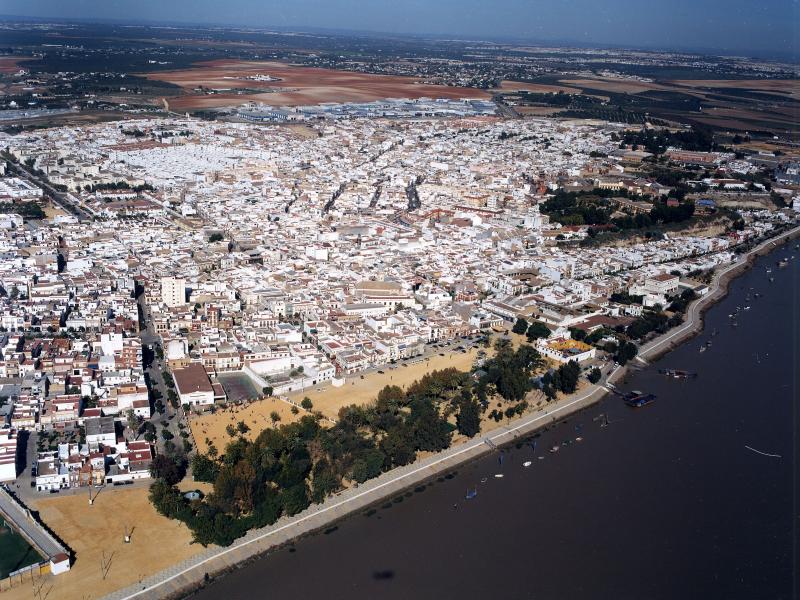
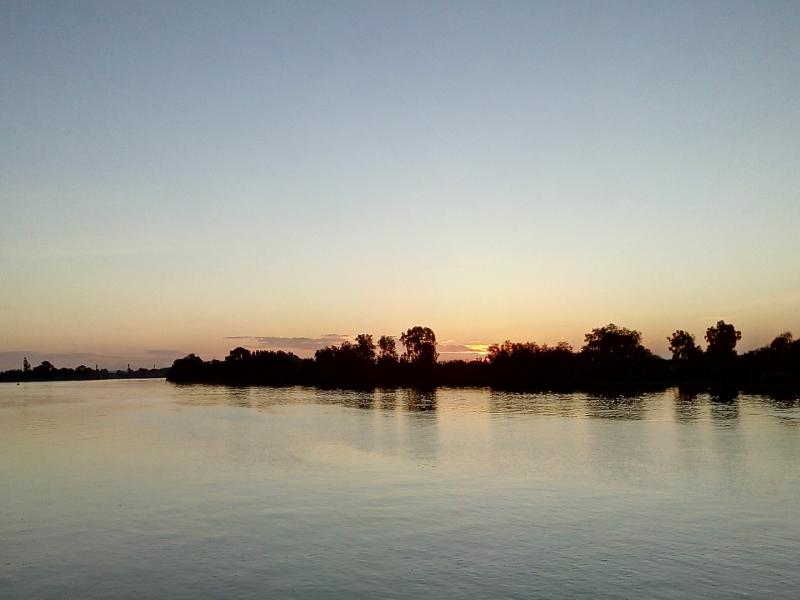
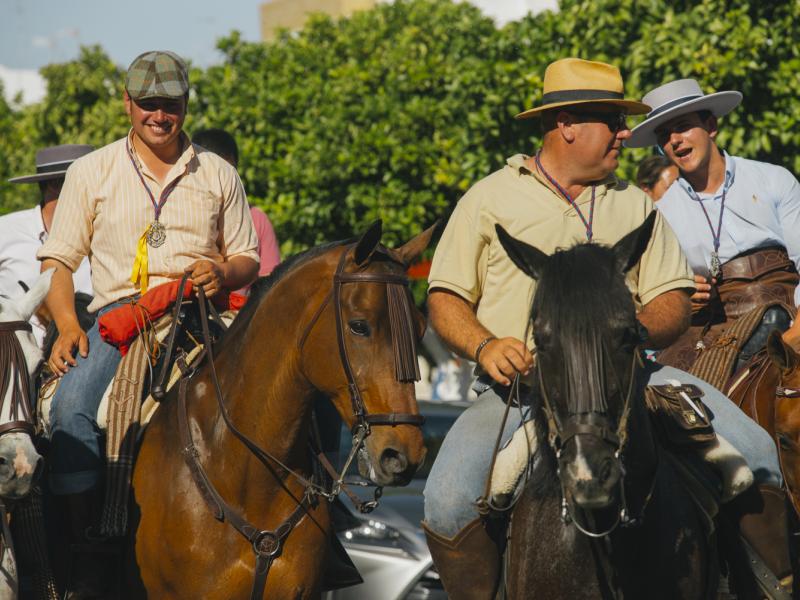
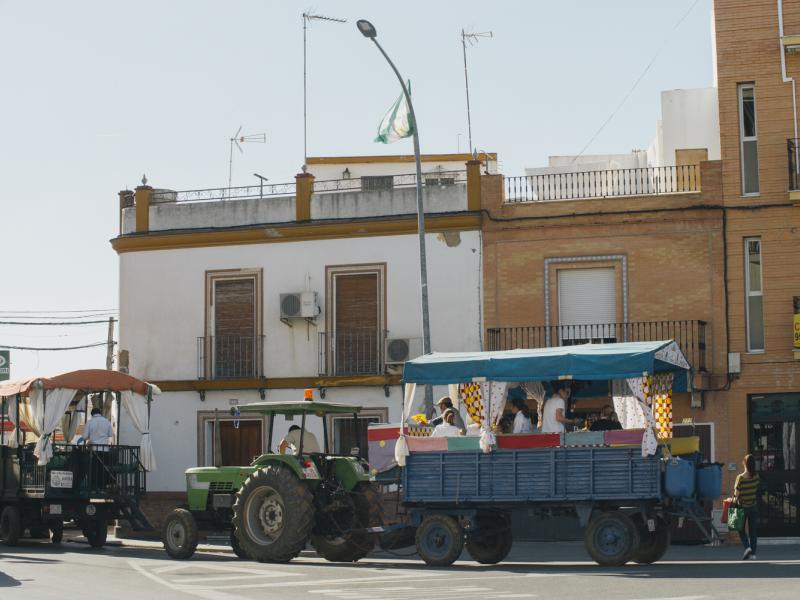
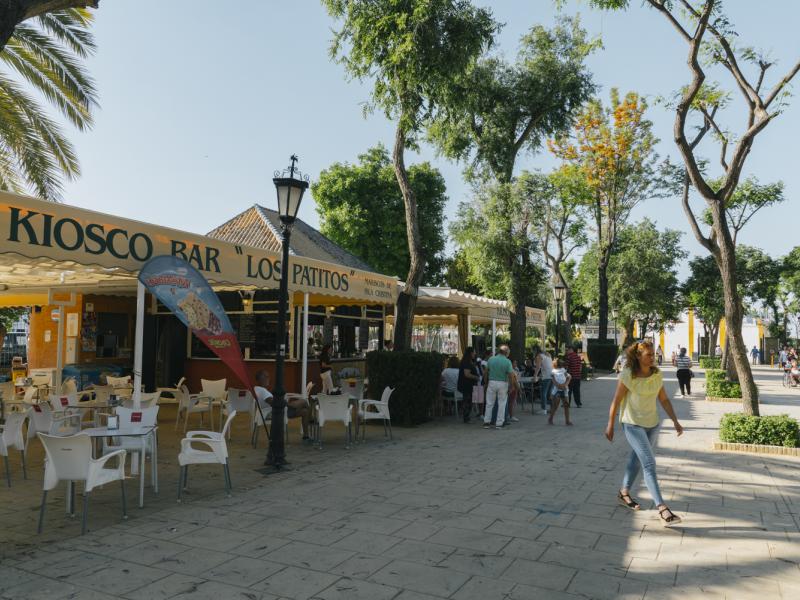
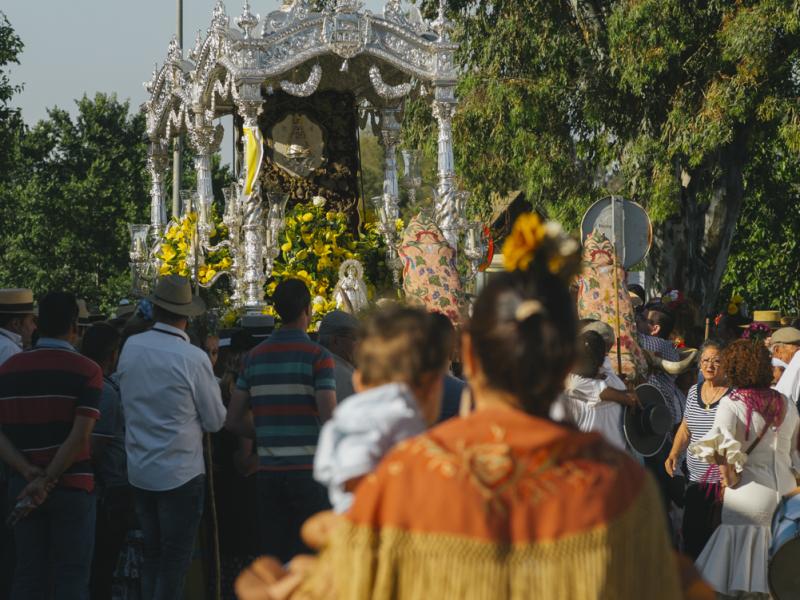
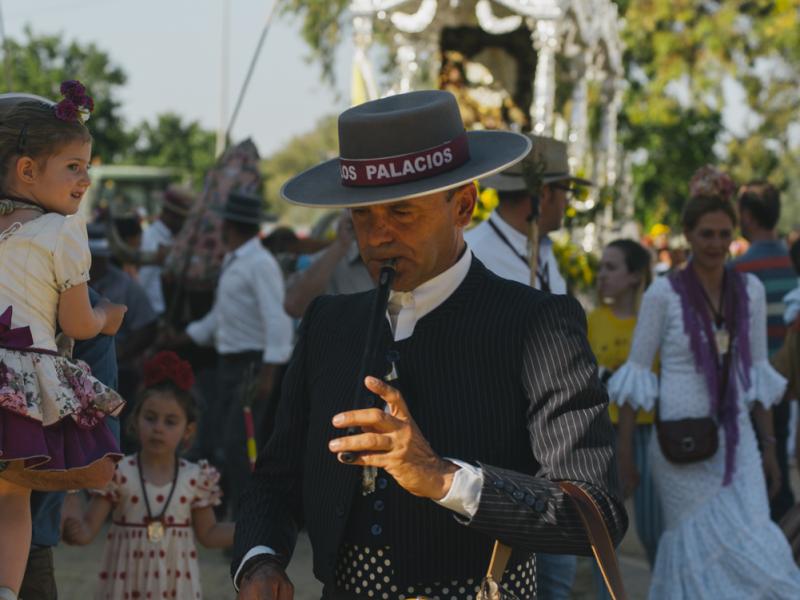
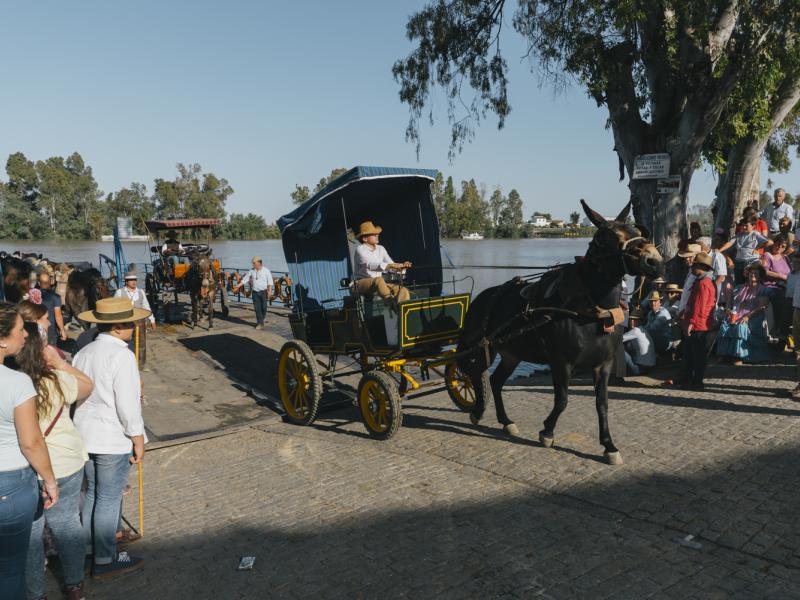
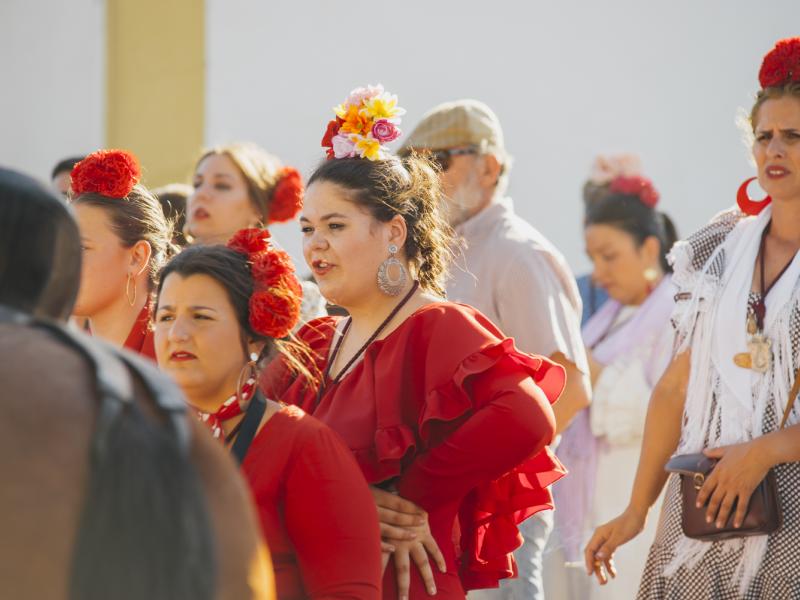
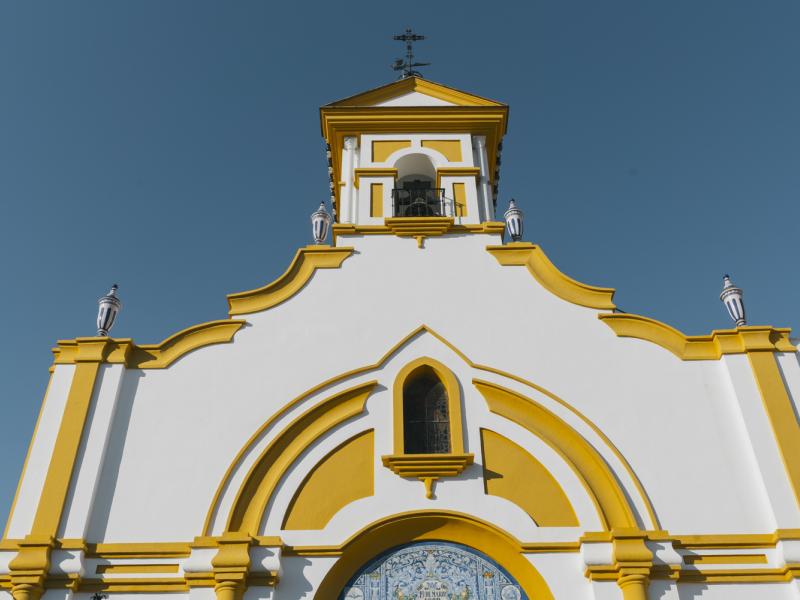
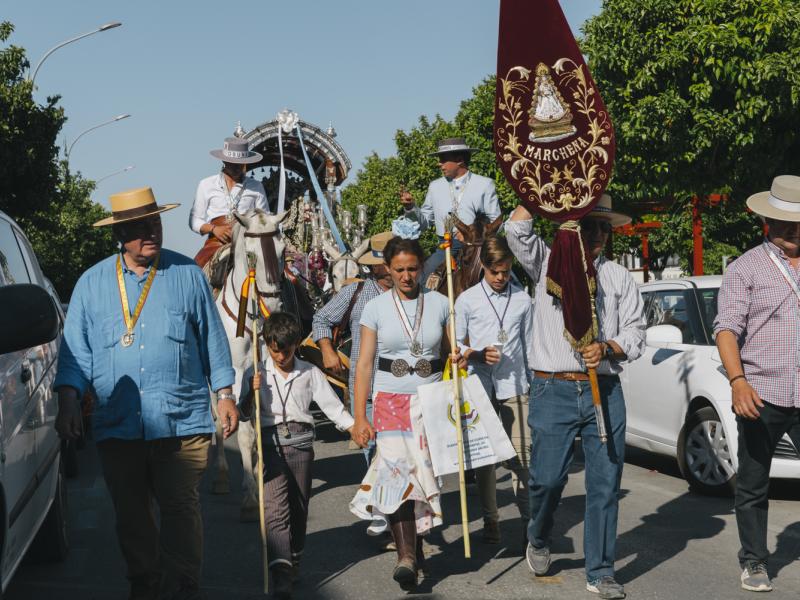
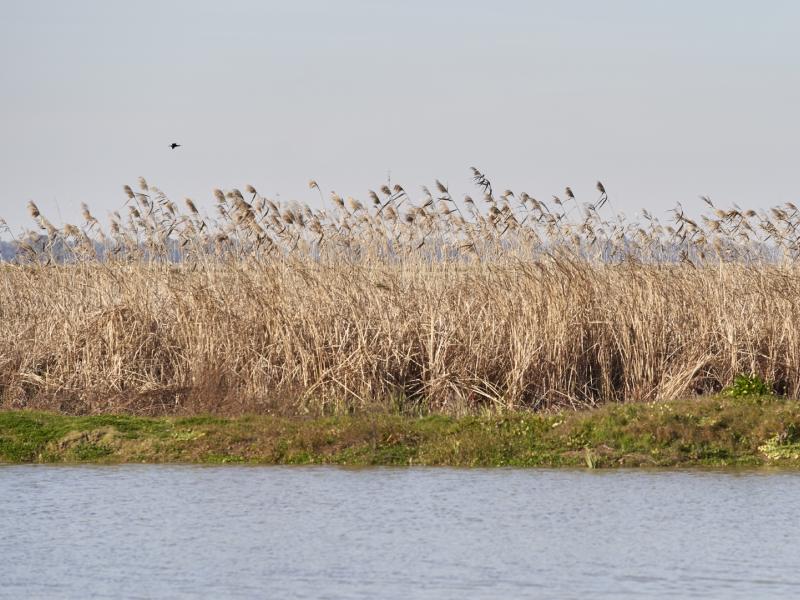
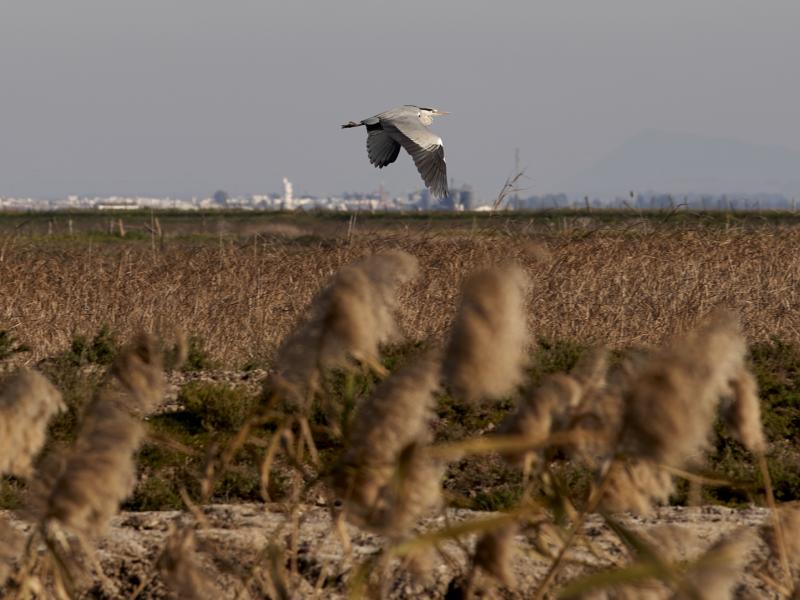
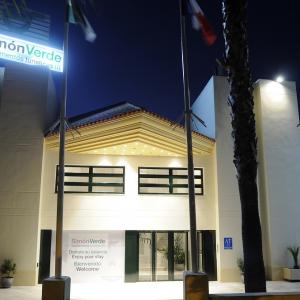
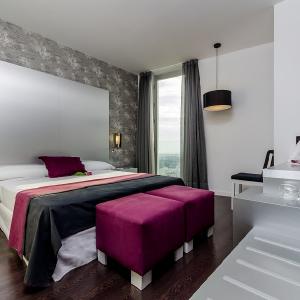
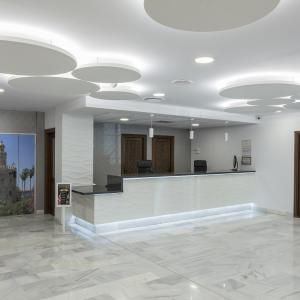
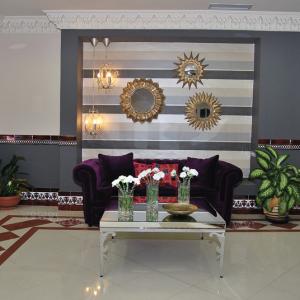
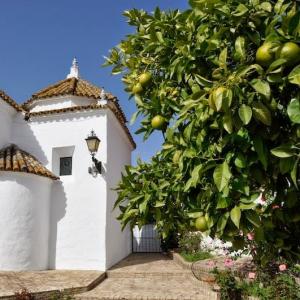
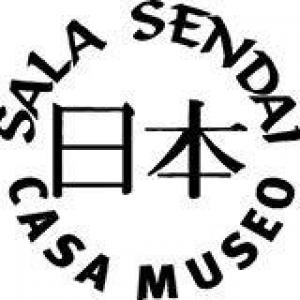
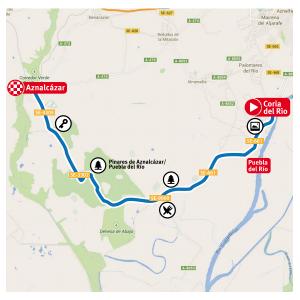
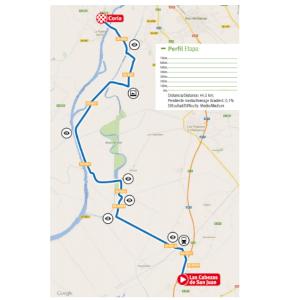
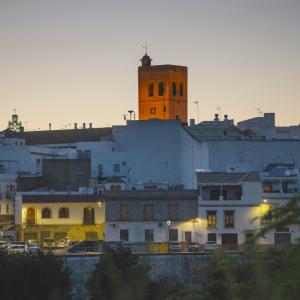
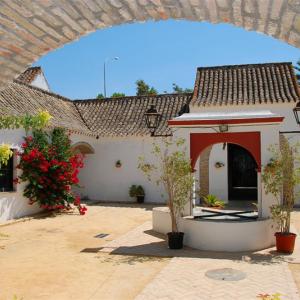
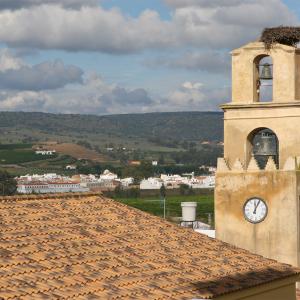
0 comments
New comment
The comments are moderated, so it takes a while to appear. If they contain offensive language they will not be published.